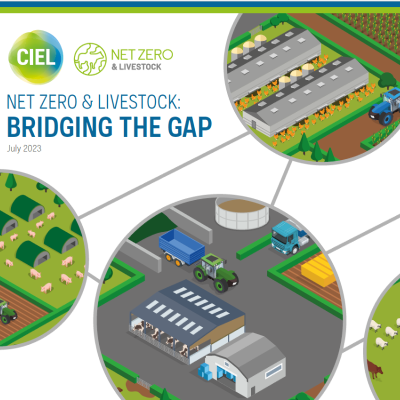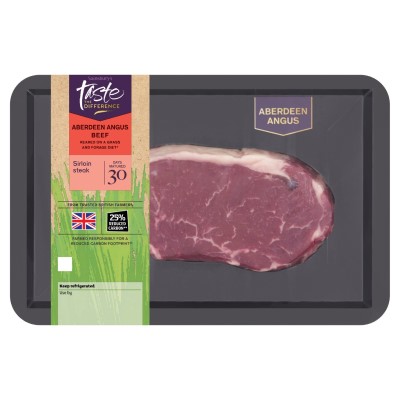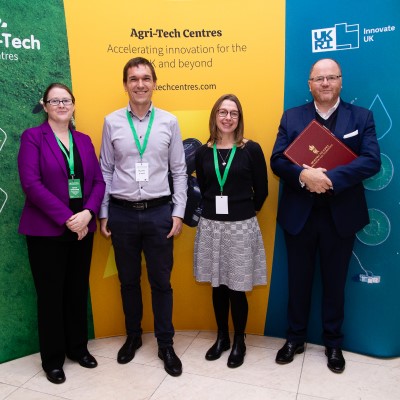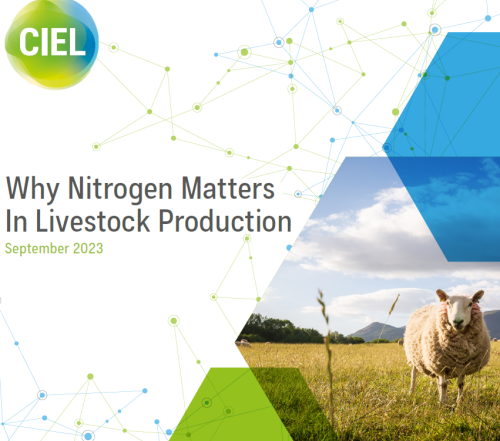CIEL | News: Accelerating new innovation on the pathway to net zero for livestock
A new report published by CIEL serves as a guide to help accelerate innovation and progress the pathway to net zero for the livestock sector.
In recent years, CIEL has produced two key reports relating to achieving net zero ambitions within the UK livestock sector.
A sobering conclusion from these reports was that for the ambitious goal of a 64% reduction in carbon dioxide equivalent emissions, current technology and practices could only deliver a 24% reduction at high rates of uptake.
The remaining ‘emissions reduction gap’, requires new innovations in technology, services and management approaches.
Dr Mark Young, innovation specialist at CIEL, says that research has repeatedly demonstrated that greenhouse gas (GHG) emissions can be considerably lowered through better livestock management practices.
“Obstacles must be removed to improve uptake of known strategies for reducing emissions, and a systematic approach implemented to create an enabling environment that will accelerate further innovation within the sector,” he says.
“The areas highlighted in this report are where a major proportion of resources should be focused, to deliver the additional emission reductions needed.
“We expect these reductions will come from lower emission feed production systems, increased feed efficiency, improved animal health and greater nutrient circularity.
Drawing on the report conclusions, Dr Young explains there are many positives to take from the findings. However, the report reaffirms the substantial change required if the UK’s livestock industry is to achieve its net zero target for 2050.
“Farmers shouldn’t be expected to deliver this on their own. They will need support to implement both known strategies to reduce emissions and new strategies to bridge the gap we have identified.
“This report is a call to policymakers and farming leaders to focus further investment in innovation to help the livestock industry to reduce emissions in areas identified in this “Bridging the Gap” report.
“While there may be other areas that offer significant emission reductions, those reported on here are a good place to start.
“This emphasises the critical need for new innovations and for change to be rapid and widespread, to actively support adoption of both known and new technologies,” he says.
Phil Bicknell, director of CIEL, explains that innovation is vital in bridging the emissions gap in the livestock sector and to deliver net zero goals by 2050.
“The focus of the report is to ultimately ask the question of where to look for new innovations that are capable of making significant reductions in emissions,” he says.
“Delivering net zero for the UK is critical and there is enormous potential to unlock emissions reductions in agriculture.
“The livestock sector is a vital part of the supply chain that delivers highly nutritious food for society. But to ensure that is done in a more sustainable way, CIEL believes that new innovations are essential to supporting a lower carbon footprint.”
To download a copy of the report, Net Zero & Livestock: Bridging the gap, visit – https://cielivestock.co.uk/expertise/net-zero-and-livestock-bridging-the-gap-july-2023/








